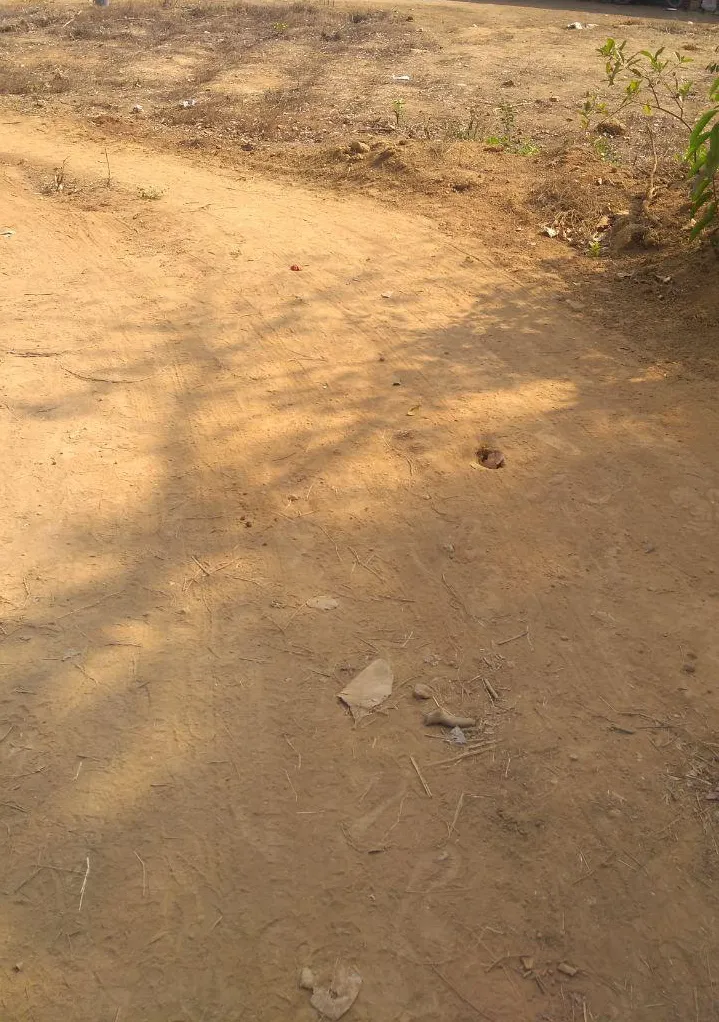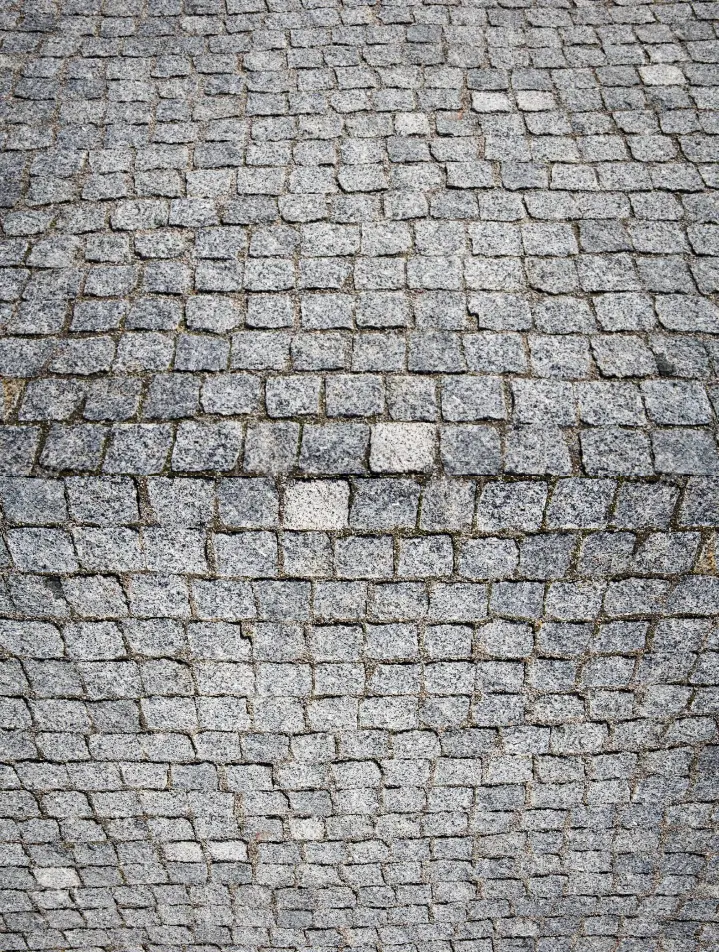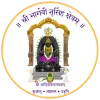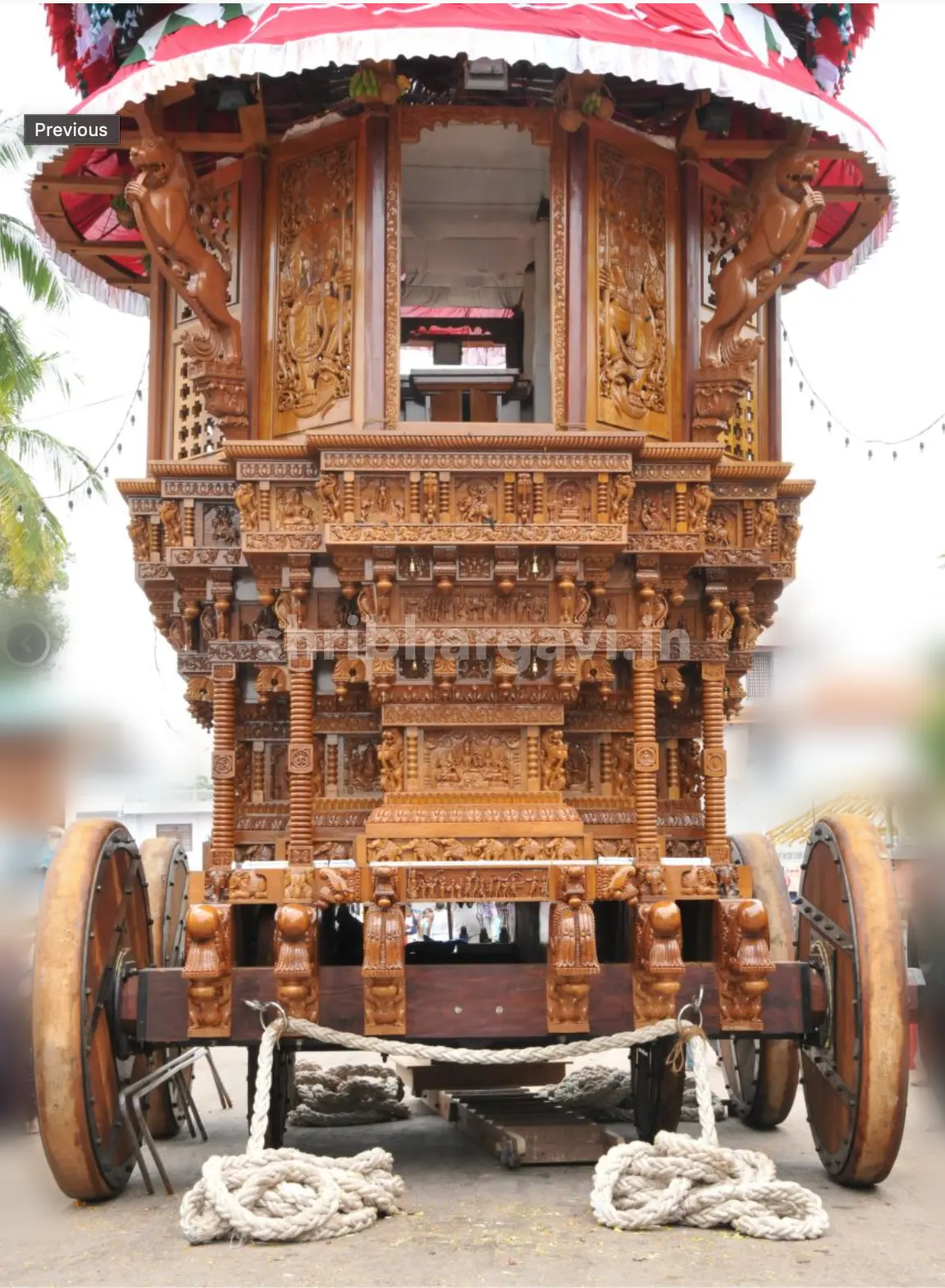Ongoing Jirnoddhāra

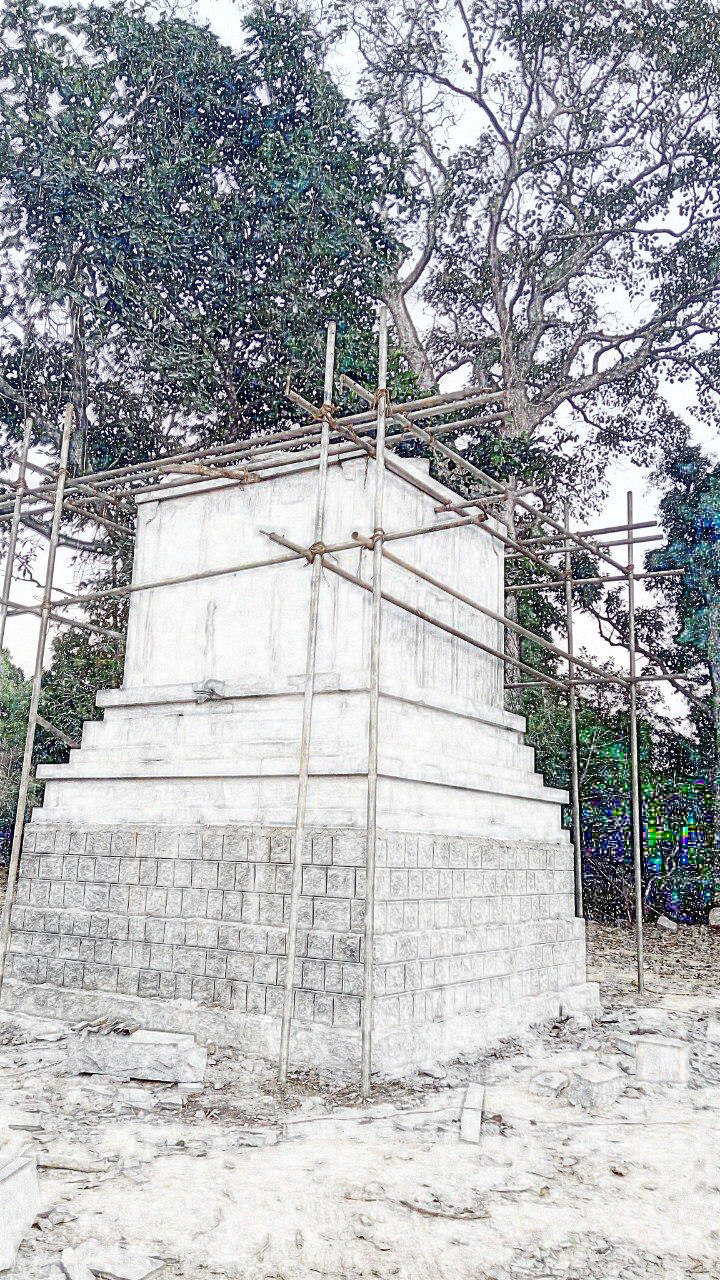
reviving a glorious heritage
There are several devatā sannidhāna-s and tīrtha-s in and around the kṣetra which need jīrṇoddhāra toward bringing them to their natural beautiful pristine state.
Overarching principles for all jīrṇoddhāra activities:
Aesthetics
Proceed only after approval at mūlasannidhāna
Adhere to śāstra-recommended practices w.r.t. bhagavatsannidhāna and nāgavana
Nature
Ensure local ecosystem of flora and fauna is not disturbed
Retention and/or restoration of naturally beneficial topographical features
Avoid or reduce to minimum introduction of synthetic materials including but not limited to cement, electricity, brick & mortar constructions et cetera
Construction of tīrtha puṣkariṇī

Since none of the natural tirtha-s are currently available/accessible for the purpose of daily ārādhana-s, having made a prarthna to śrībhārgavīnarasimha, in the kali year 5120 (2019CE) an effort was made to obtain some natural water resource exclusively for the temple at the northeast corner of the temple as is the common practice, only to find hard granite at less than 8 feet depth. Subsequently, in the kali year 5123 (2021CE) another prarthana was submitted seeking guidance regarding the appropriate place for obtaining water. Śrī bhagavtī indicated that western side of the garbhagrha would yield a tirtha following which excavations were made. After about three days of excavation using JCB excavators and at around a depth of 20 feet water emerged from amidst porous rocks. Further excavations were made in the kali year 5124 (2022CE) in order to ensure sufficient water even during peak summer.
The fortification of the tīrtha with stone paving is to be undertaken in order to maintain the natural purity of water even during heavy rains which is not uncommon in the region. Stone paving would also facilitate the accessibility to the tīrtha for devotees of young and advanced ages alike.
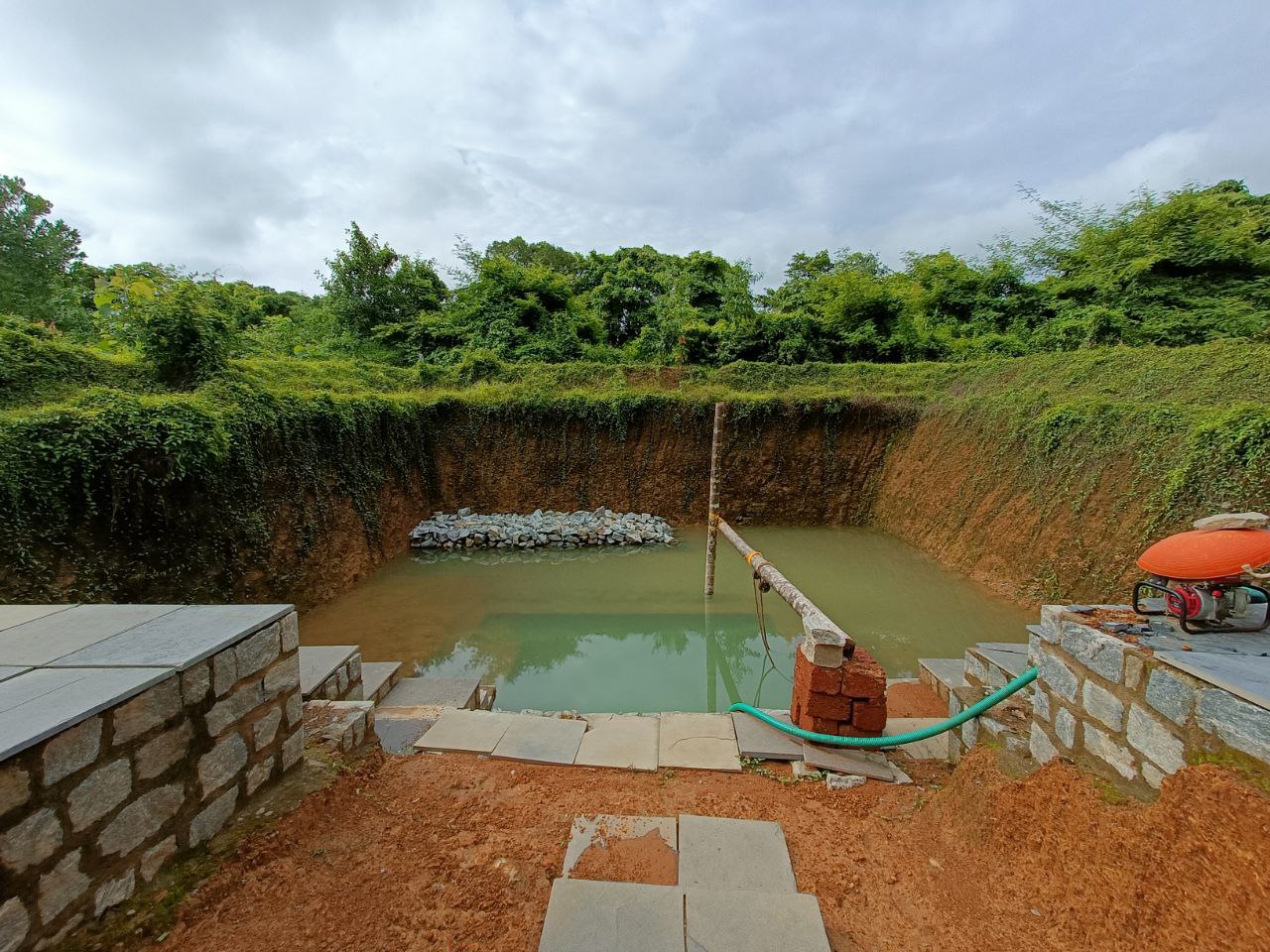
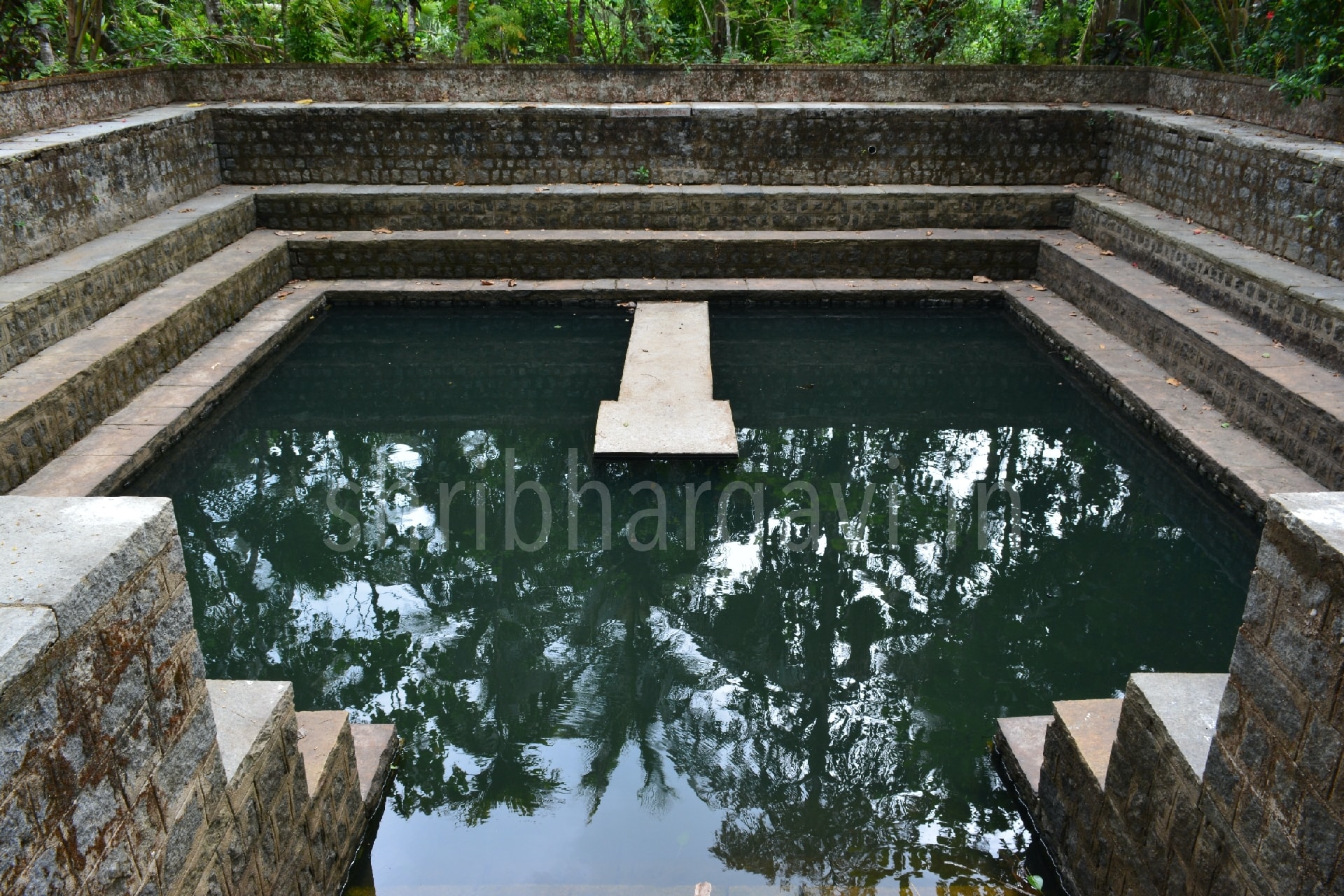
Construction of utsava ratha-s

Nitya utsava-s require various vāhana-s for the devatā-s to be carried during the processions with three primary ones being the following:
the
brahmaratha

This is the primary ratha that would be employed during the annual maha rathotsava when the utsava mūrti-s of śrī bhārgavī narasimha would be taken in procession across the entire grāma.
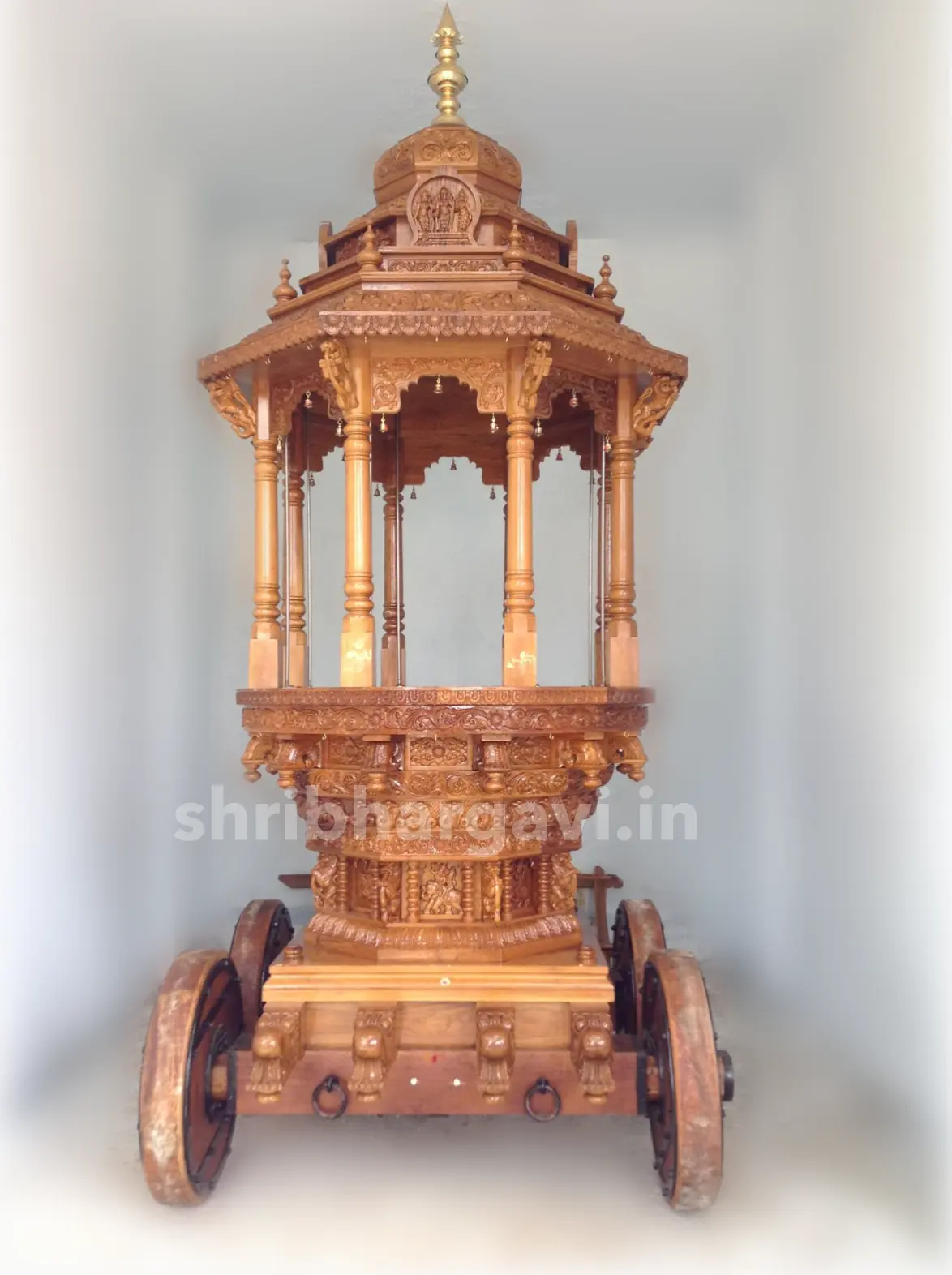
the
divyaratha
The subsidiary ratha that would be employed during all other rathotsava-s other the annual mahārathotsava, including but not limited to rathotsava seva-s offered by the bhaktajana-s.
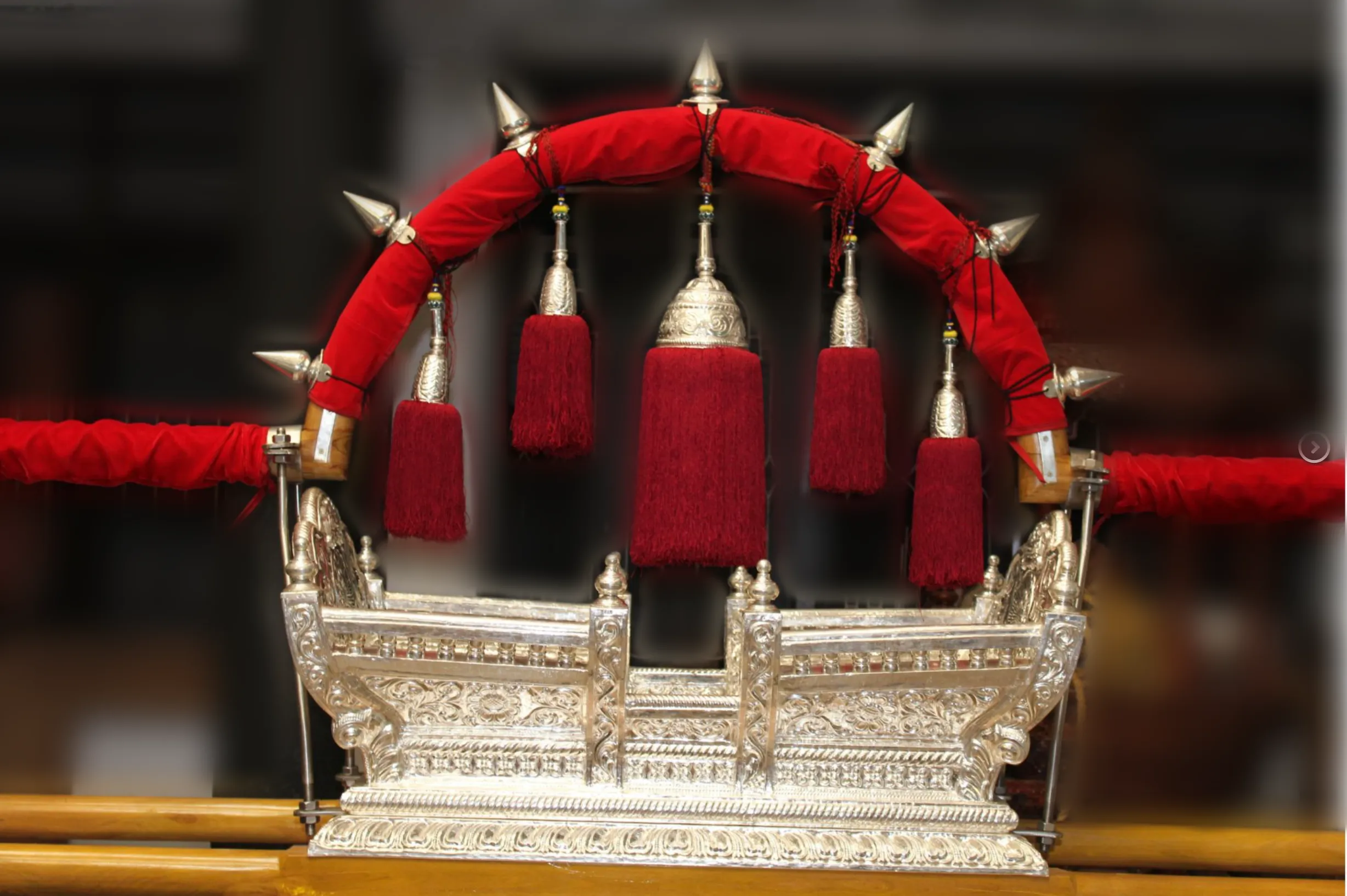
the
pallakki
Palanquin which would be employed in the procession of utsava-mūrti-s of śrī bhārgavī narasimha within the devālaya premises during the regular pallakki sevā.
stone paving of
prāṅgaṇa-s
The entire kṣetra being a nāgavana usage of cement and other synthetic materials is limited to only inevitable applications. However, the natural surrounding being that of a wild jungle the premises can be very testing for those bhaktajana-s who are not accustomed to such environs. In order to facilitate the darshana for the bhaktajana-s that arrive from far and near, front yards of the garbhagrha, upa-devalaya-s and other key passages areas need to be paved with natural stone laid on levelled ground using little to no cement or concrete. A total area of 3000 sq.ft. needs to be paved.
